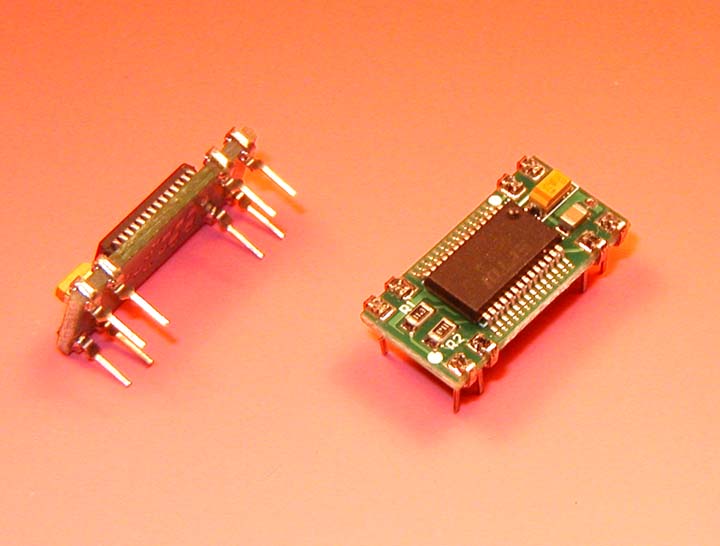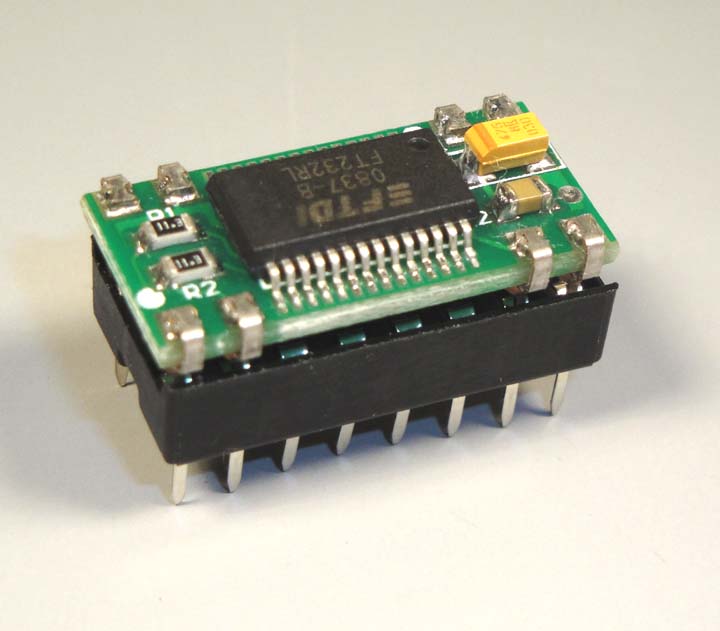|
Install and verify USB driver:
-
Before
connecting the UTA to your PC's USB port for the first time, make
sure that you do not attach your target board to the UTA. If the UTA
is connected to your Wytec trainer board when you received your
package, make sure that AC adapter is unplugged from the trainer
board. You do not need to turn on the trainer board to install the
USB driver.
-
Go to the
FT232RL driver installation and verification page for operating
procedures:
http://www.evbplus.com/TinyUSB_9s12/ft232rl.html.
-
Once you have verified that the USB driver is properly installed,
you may now connect the UTA to the SCI0 header on your trainer board
and turn it on. Invoke the Code Warrior if the trainer board
is pre-loaded with Freescale serial monitor, otherwise invoke the
AsmIDE.
-
For using Code Warrior with Freescale serial monitor you need to
Download and configure Code Warrior
http://www.evbplus.com/Code_Warrior_hcs12.html
-
If the AsmIDE does not communicate with your trainer board then you
need to check if the COM port number that is assigned by the AsmIDE
matches the
USB-to-Serial COM port number that is
assigned by Windows' Device Manager. The Device Manager assigns the
USB-to-Serial COM port number randomly and it does not know which
COM port number that AsmIDE is going to use.
In order to
find the USB-to-Serial COM port number that is assigned by Device
Manager, you can click through
"Control Panel -> Systems -> Hardware -> Device Manager -> Ports".
The USB-to-Serial COM port number will appear (In Windows Vista, you
left click on Start, right click on Computer, left click on
propriety, then Device Manager and then Continue).
For
setting the COM port of the AsmIDE to match that USB-to-Serial COM
port number, you can click through "View-> Option->Terminal
Window Options" menu, then select the correct COM port from COM1
to COM8.
Note:
( This note applies to the Code Warrior IDE
as well )
In order to establish a reliable USB
communication, always connect the UTA to your PC's USB port first before
invoking the AsmIDE, otherwise the AsmIDE will not be able to find a COM
port. When ending a debugging session, always close the AsmIDE
first before unplugging the USB cable from the UTA, otherwise the AsmIDE
may hang up and you need to re-establish USB communication again.
As long as you keep the UTA connected
to your PC's USB port, disconnecting the UTA from your target board will
not lose USB communication.
In case the AsmIDE hangs up,
you need to close the AsmIDE first, then unplug the USB cable from
your UTA adapter, wait a few seconds before re-plugging the USB cable,
then wait a few more seconds and allow the USB connection to be
re-established. After cycling the USB connection you can invoke
the AsmIDE again and it may restore the USB communication. If this
does not work, you need to restart your PC, so in order to avoid this
problem,
always close the AsmIDE before unplugging the USB cable.
If
restarting the PC does not solve the problem, you may need to re-install
the USB driver.
|



